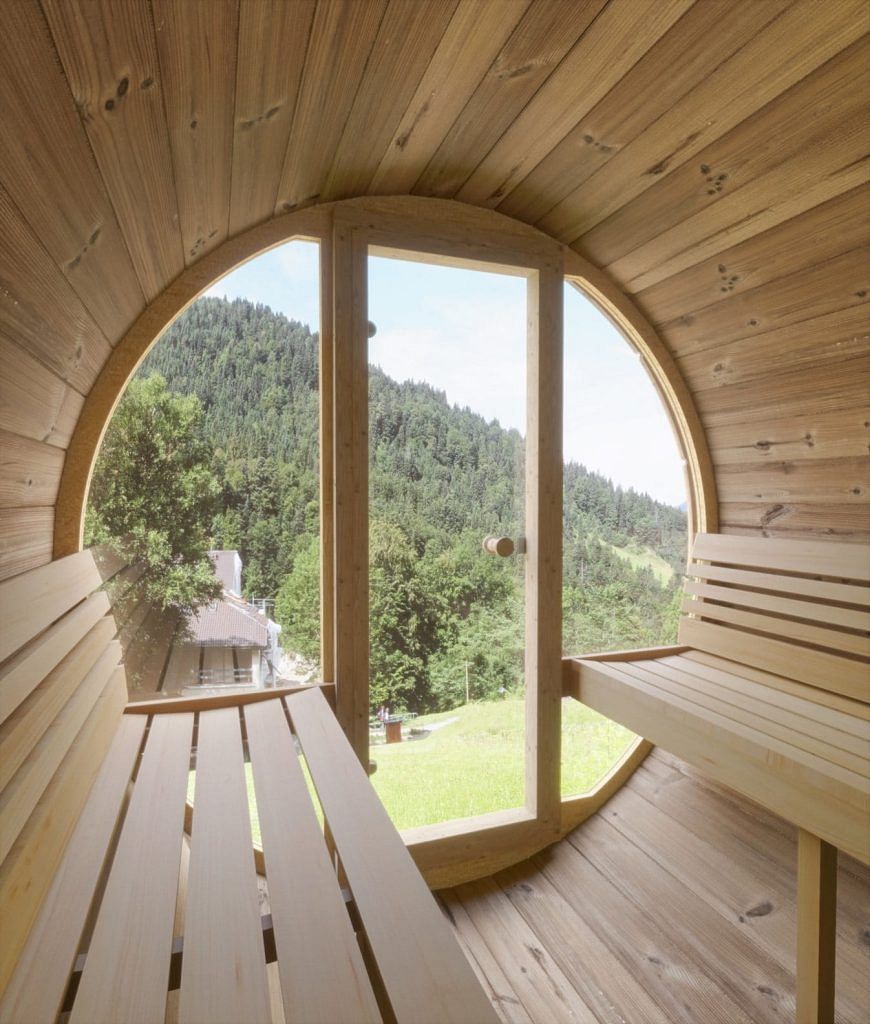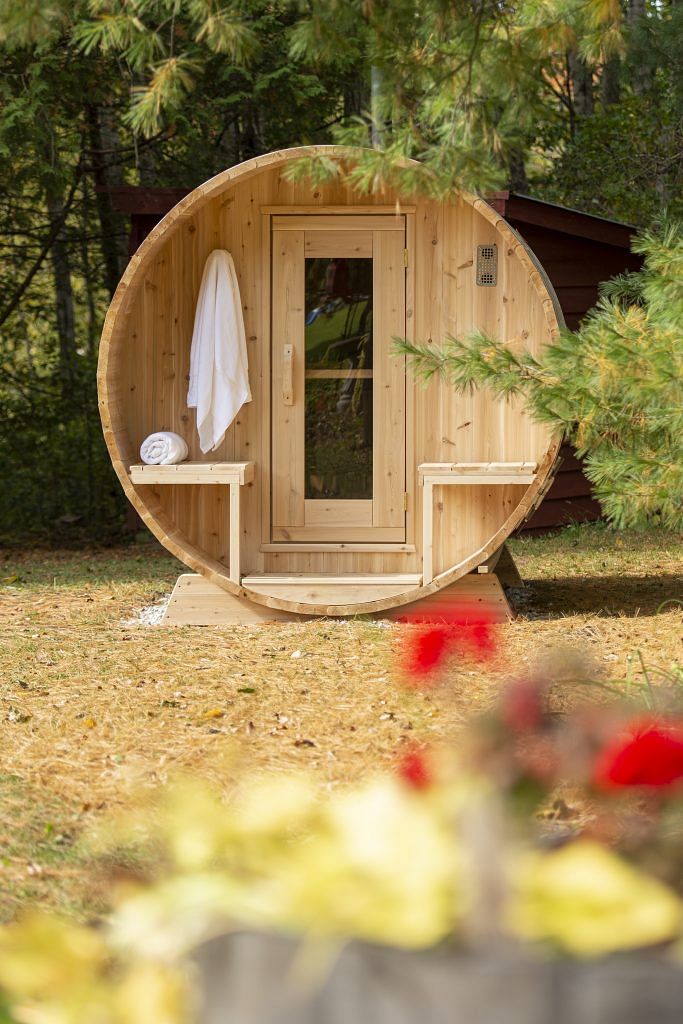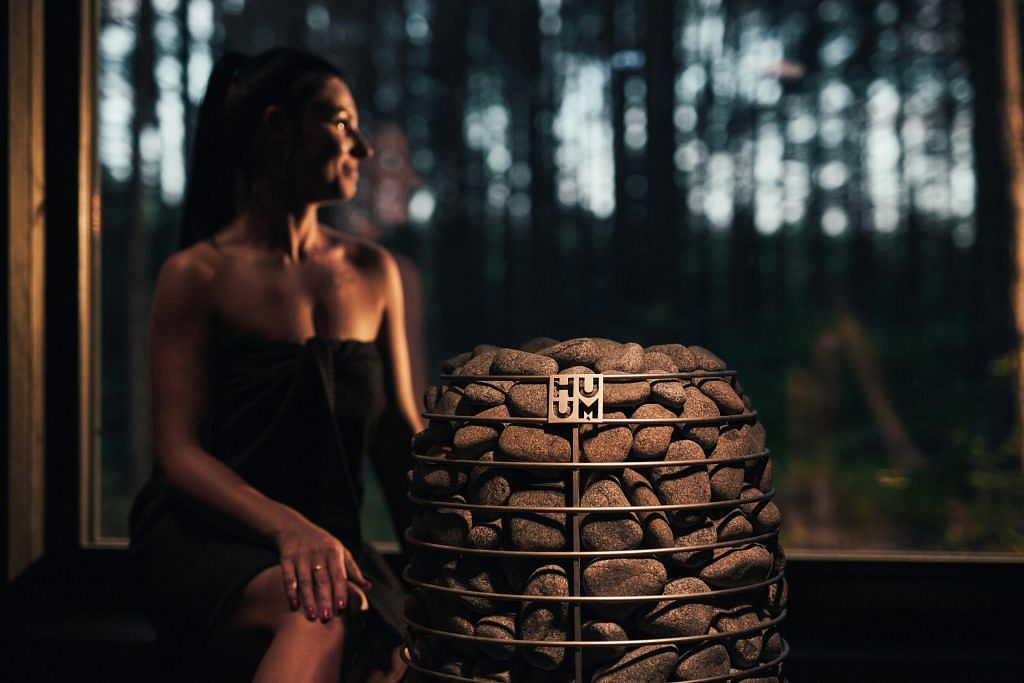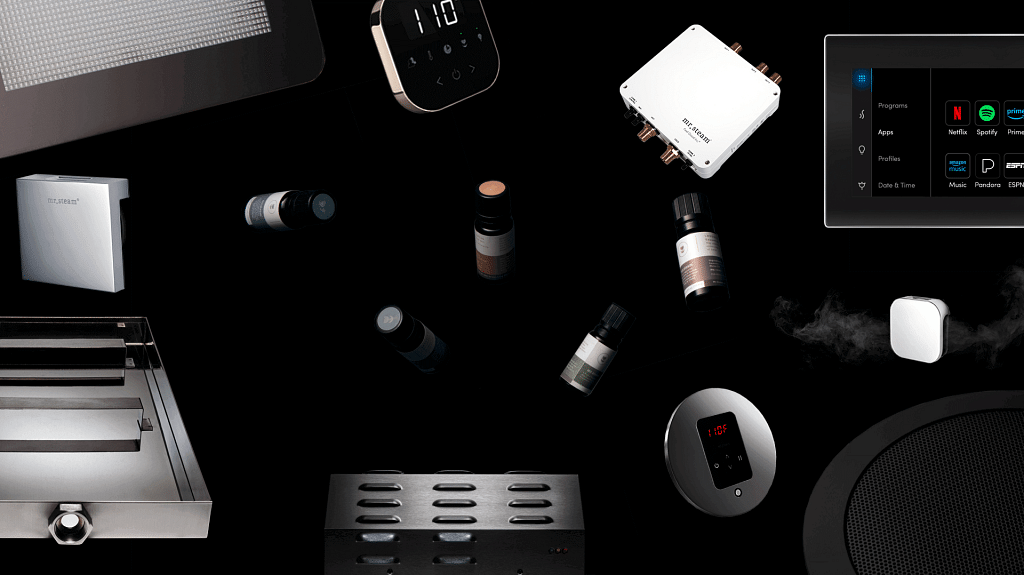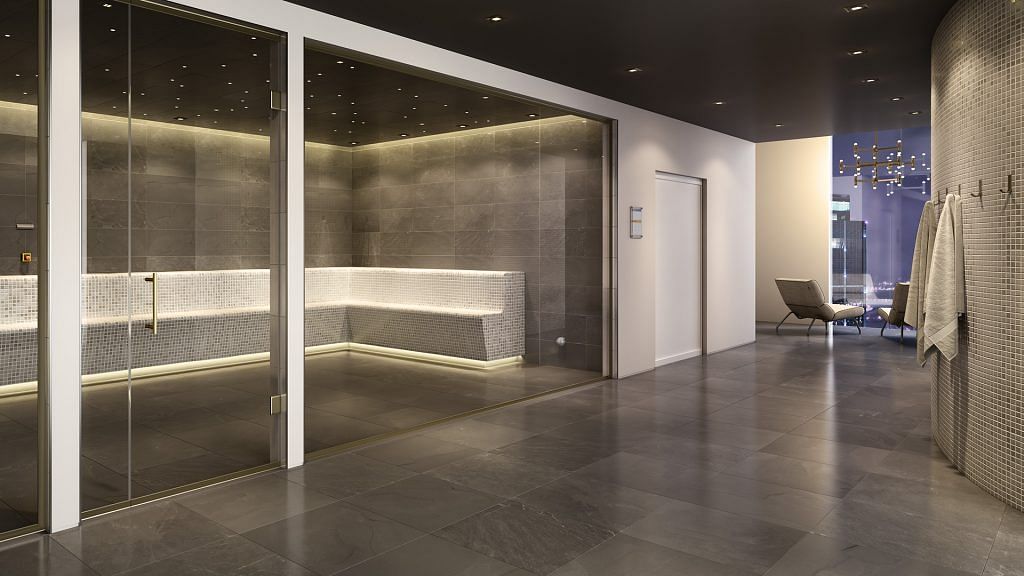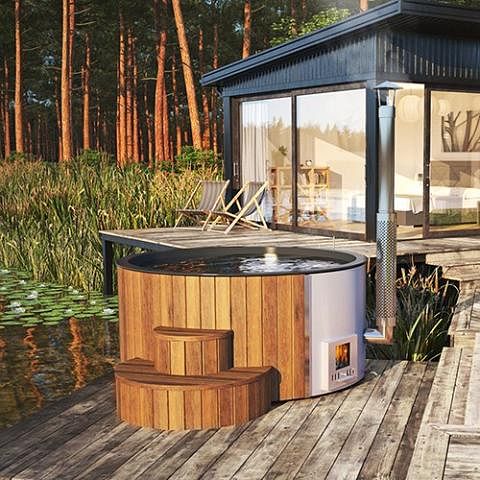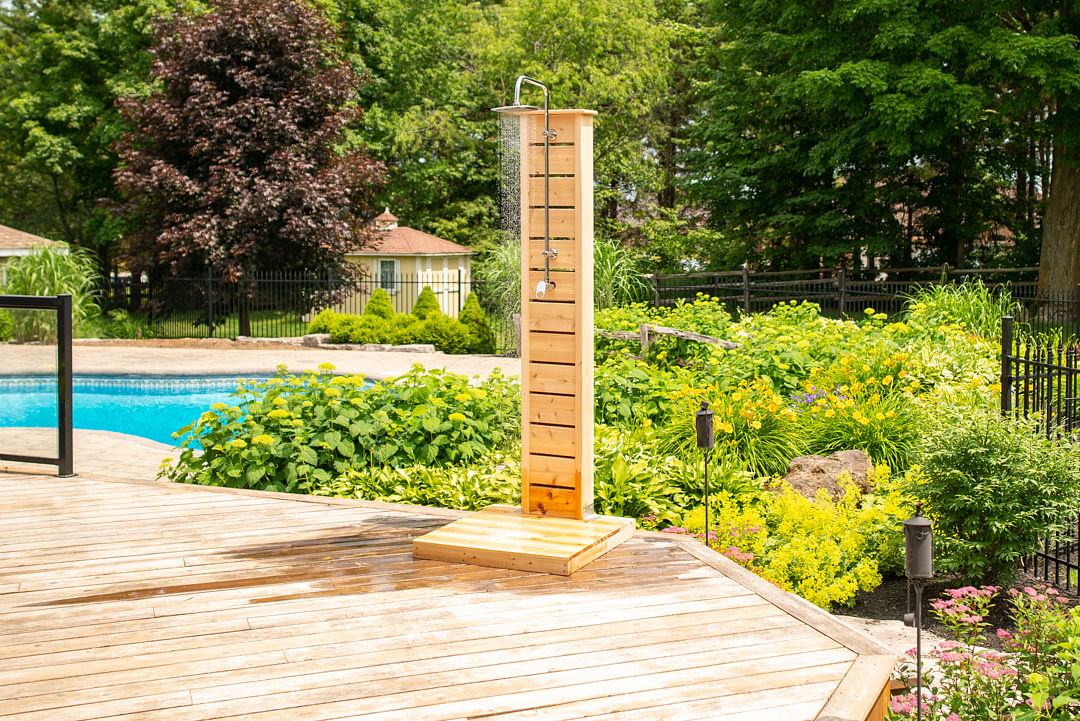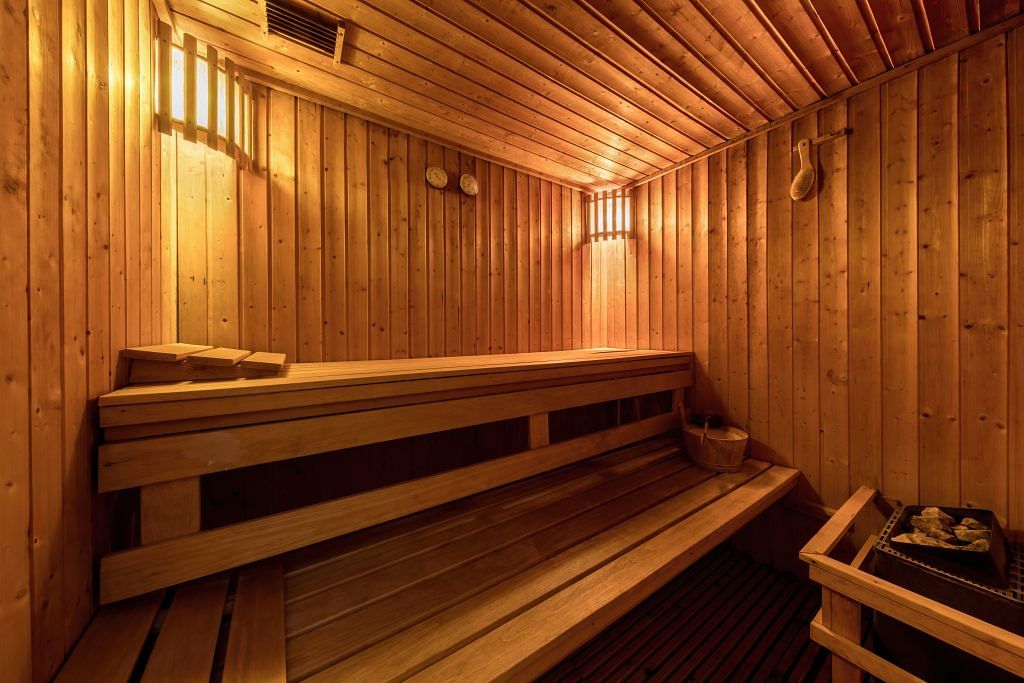Sauna
Basswood vs Mahogany: Which is Better for a Sauna?
Trying to decide between basswood or mahogany for your sauna? Here in the page you’ll see all the factors in order to make the best decision for you.
Building a sauna is like building your own personal relaxation station, but picking the right wood is key. The hot and steamy environment needs special materials that won’t crack, buckle, or feel like you’re sitting on a griddle. Basswood and mahogany are popular choices, but which one is right for you? This article will break down the pros and cons of each type to help you pick the perfect wood for your sweaty sanctuary.
Is Mahogany Good for Saunas?
Mahogany is a beautiful and exotic hardwood that has found its way into the world of saunas, offering a unique aesthetic and a set of properties worth considering. Let’s delve into the characteristics of mahogany that make it suitable (or not) for saunas.
Durability and Heat Resistance: Mahogany boasts impressive strength and dimensional stability. It can withstand the high temperatures of a sauna without warping or cracking excessively. However, compared to traditional sauna woods like spruce or aspen, mahogany can get very hot to the touch. This might be uncomfortable for direct skin contact during use.
Moisture Resistance and Climate: While mahogany is naturally resistant to rot and decay, its performance in a sauna’s humid environment depends on the specific type. African mahogany, for example, exhibits better moisture resistance than its less dense South American counterparts. Overall, mahogany requires more frequent maintenance with sealants compared to some other sauna woods.
Aesthetics and Price: There’s no denying the visual appeal of mahogany. Its rich, reddish-brown tones and distinctive grain pattern create a luxurious and sophisticated sauna experience. However, this beauty comes at a price. Mahogany is a significantly more expensive option compared to traditional sauna woods.
Types of Saunas: Due to the potential for discomfort from very hot surfaces, mahogany might not be the ideal choice for traditional dry saunas. However, its heat resistance makes it a viable option for lower-heat infrared saunas.
Ultimately, mahogany offers a unique blend of aesthetics and durability, but with some trade-offs. Consider the importance of these factors and your budget when deciding if mahogany is the right wood for your sauna.
Is Basswood Good for Saunas?
Basswood, a North American hardwood known for its light color and smooth texture, presents a compelling alternative to traditional sauna woods. Let’s explore its strengths and weaknesses in the context of sauna use.
Hypoallergenic and Odor-Free: Basswood shines as the most hypoallergenic wood commonly used in saunas. Its lack of resins and fragrant oils makes it ideal for those with allergies or sensitivities. Additionally, basswood has a neutral odor, ensuring a pleasant and irritation-free sauna environment.
Heat Resistance and Durability: While not as dimensionally stable as mahogany, basswood performs well in sauna heat. It resists warping and cracking to a reasonable degree. However, its softer nature compared to some hardwoods means it may dent or scratch more easily.
Moisture Resistance and Maintenance: Basswood’s moderate moisture resistance allows it to function in a sauna setting. However, compared to woods like cedar, it might require more frequent cleaning and drying to prevent mold growth. Regular ventilation after use is crucial.
Aesthetics and Price: Basswood offers a clean, light-colored aesthetic that complements various design styles. Its affordability makes it a budget-friendly option compared to mahogany or other hardwoods.
Types of Saunas: Basswood’s hypoallergenic properties and smooth surface make it an excellent choice for traditional dry saunas. It allows for comfortable skin contact even at high temperatures. Additionally, its light color helps reflect heat, creating a more gentle warmth.
In conclusion, basswood prioritizes user comfort and affordability. Its hypoallergenic nature and pleasant feel make it ideal for those with sensitivities. While requiring slightly more maintenance than some woods, basswood offers a budget-friendly and aesthetically pleasing option for your sauna haven.
Basswood vs. Mahogany: Choosing the Right Wood for Your Sauna
When it comes to selecting the perfect wood for your sauna, both basswood and mahogany present distinct advantages. Here’s a breakdown of their key differences to help you make an informed decision.
Considering the Factors:
A table summarizing the key points of comparison between basswood and mahogany for saunas is provided below:
|
Feature |
|
Durability |
|
Heat Resistance |
|
Moisture Resistance |
|
Maintenance |
|
Aesthetics |
|
Price |
|
Hypoallergenic |
|
Skin Comfort |
|
Ideal for Sauna Type |
|
Who is it best for? |
|
Basswood |
|
Moderate |
|
Good |
|
Moderate |
|
More frequent cleaning |
|
Light, clean look |
|
Affordable |
|
Excellent |
|
Affordable |
|
Traditional dry sauna |
|
Budget-conscious, allergy sufferers |
|
Mahogany |
|
High |
|
Excellent |
|
Varies by type |
|
Requires sealing |
|
Rich, reddish-brown |
|
Expensive |
|
No |
|
May be hot to touch |
|
Lower-heat infrared sauna |
|
Those seeking luxury, durability (for lower-heat saunas) |
Making Your Choice:
As the table shows, basswood excels in affordability, hypoallergenic properties, and comfortable skin contact. It’s a great choice for traditional dry saunas, especially for those with allergies or on a budget. However, it may require more frequent maintenance.
Mahogany, on the other hand, offers superior durability, excellent heat resistance, and a luxurious aesthetic. It’s a good option for lower-heat infrared saunas where the potential for hot surfaces is less of a concern. However, its higher price tag and potential discomfort from heat might deter some users.
Ultimately, the best choice depends on your priorities and budget. Consider how you’ll use your sauna and what features are most important to you.

